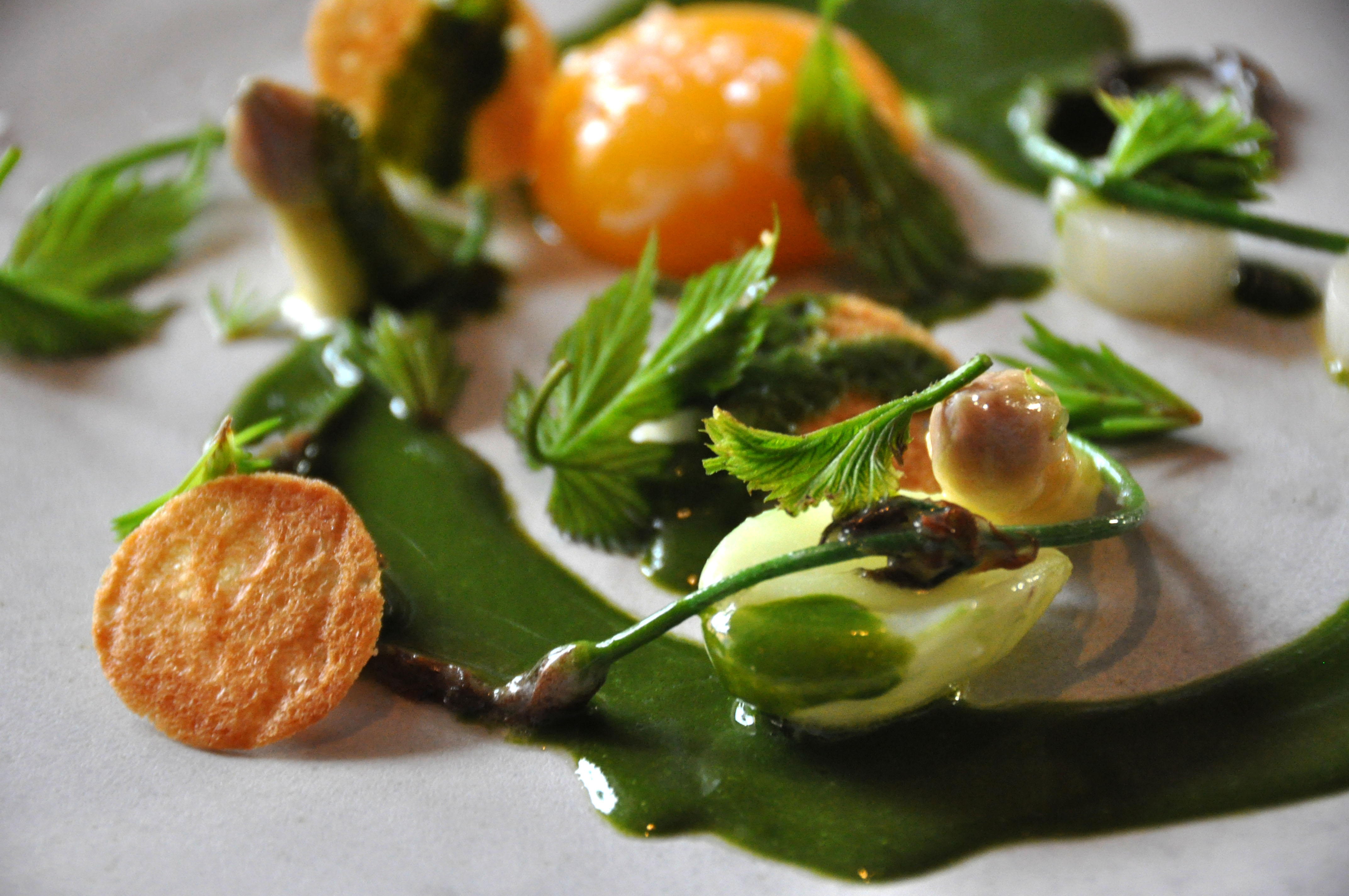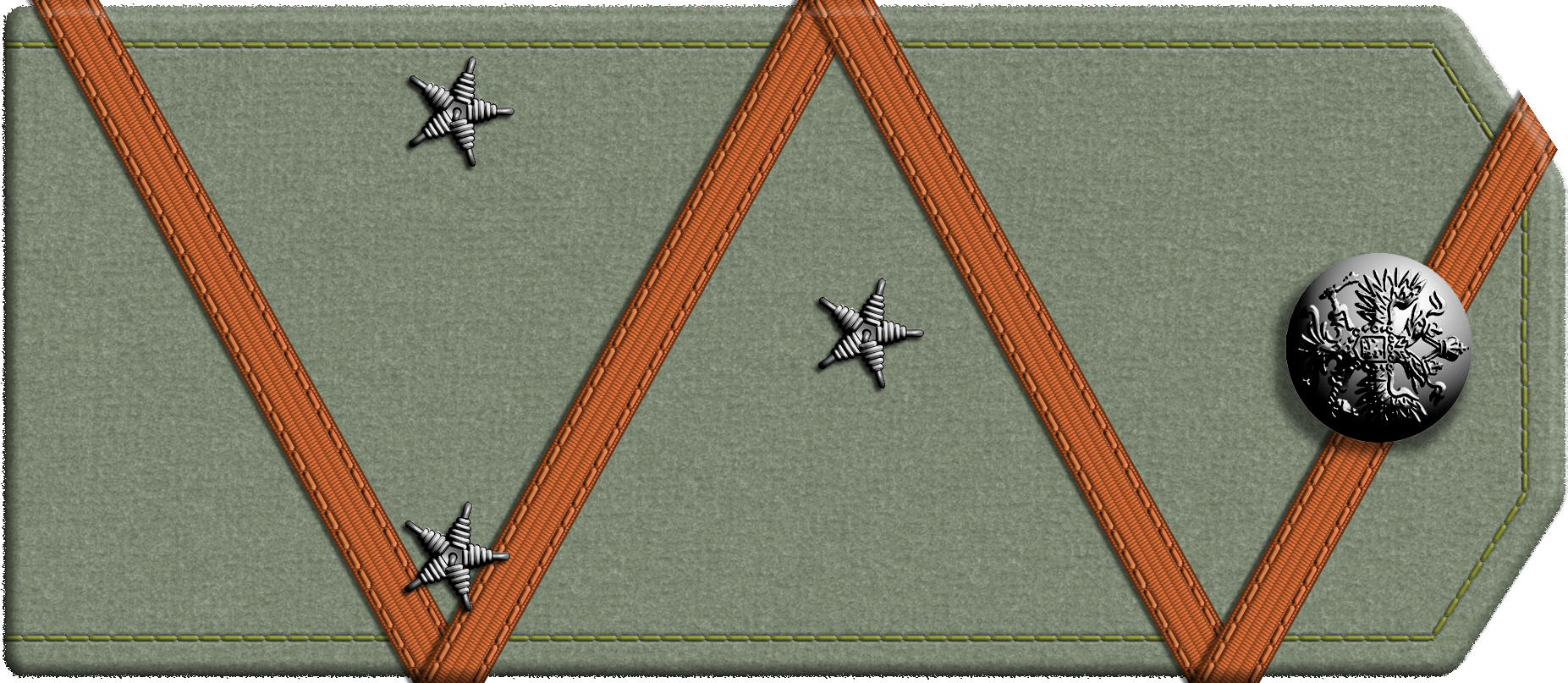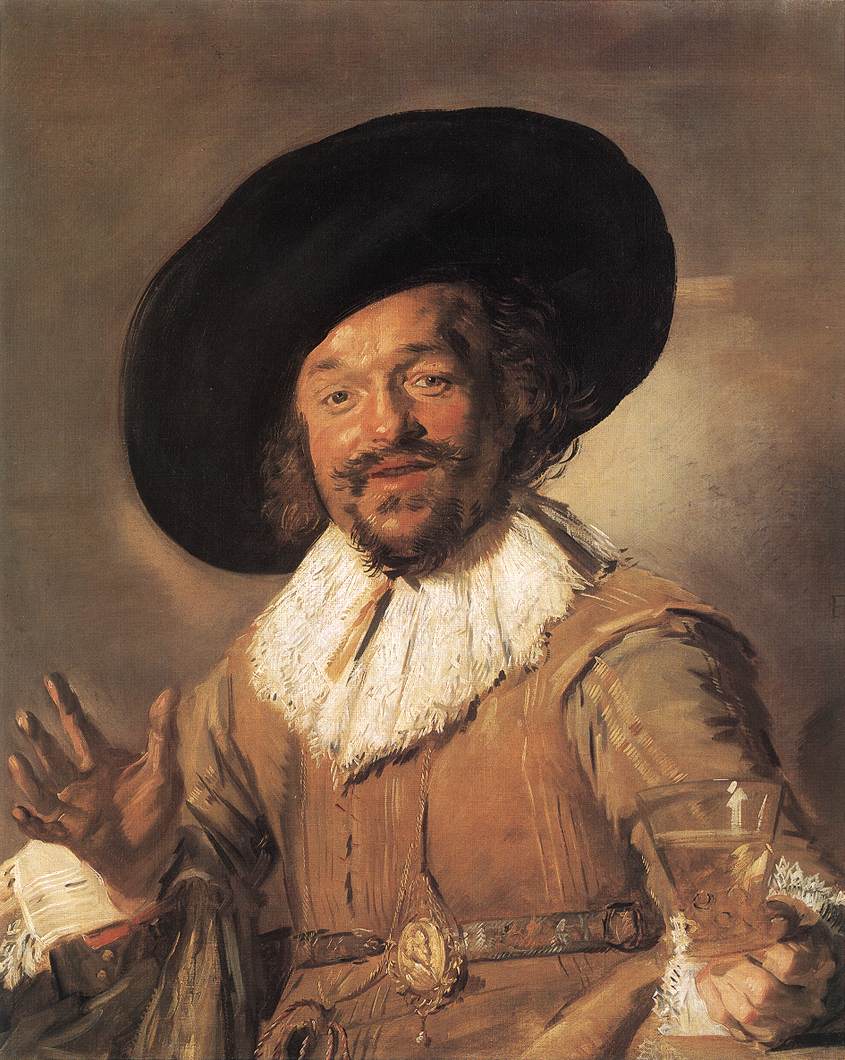|
Snaps
In the Nordic countries, especially Denmark and Sweden, but not in Iceland, snaps ( , ), among many nicknames, is a small shot of a strong alcoholic beverage taken during the course of a meal. In Denmark, a snaps will always be akvavit, although there are many varieties of it. In Sweden, ''snaps'' is a more general term for any small amount of "liquor"; although usually brännvin, it may also be other spirits, such as vodka, bitters/bitter liqueurs, whisky or brandy etc. In Norway, a more common name is the synonym ''dram'' (from the unit Dram (unit), of the same name). One of Finland's strongest alcohol drinks served as snaps is Marskin ryyppy, named after Marshal of Finland, Marshal Gustaf Mannerheim, C. G. E. Mannerheim. The word "snaps" also has the same meaning as German ''Schnapps'' (), in the sense of "any strong alcoholic drink". The definition given is "nip, schnaps; shot (of brandy, aquavit, etc.)." Culture Snaps shanties Swedes, Danes and Swedish-speaking ... [...More Info...] [...Related Items...] OR: [Wikipedia] [Google] [Baidu] |
Danish Cuisine
Danish cuisine originated from the peasant population's own local produce and was enhanced by cooking techniques developed in the late 19th century and the wider availability of goods during and after the Second Industrial Revolution, Industrial Revolution. Open sandwiches, known as ''smørrebrød'', which in their basic form are the usual fare for lunch, can be considered a national speciality when prepared and garnished with a variety of ingredients. Hot meals are typically prepared with meat or fish. Substantial meat and fish dishes includes ''flæskesteg'' (roast pork with crackling) and ''kogt torsk'' (poached cod) with mustard sauce and trimmings. Ground meats (pork, veal or beef) became widespread during the industrial revolution and traditional dishes that are still popular include ''frikadeller'' (meat balls), ''karbonader'' (breaded pork patties) and ''medisterpølse'' (fried sausage). Denmark is known for its Carlsberg Group, Carlsberg and Tuborg beers and for its akvav ... [...More Info...] [...Related Items...] OR: [Wikipedia] [Google] [Baidu] |
Brännvin
Brännvin (Swedish language, Swedish spelling; see ) is an old Nordic countries, Nordic term for distilled beverage, distilled liquor, generally from potatoes, grain, or (formerly) sawdust brandy, wood cellulose etc, and is today primarily used as a name for "Nordic-style" spirits, and then mainly divided into unspiced and spiced brännvin. Beverages labelled ''brännvin'' are usually plain and have an ABV, alcohol content between 30% and 38%. It can be plain and colourless, or flavoured with herbs and spices, such as Akvavit. The common style of brännvin in Iceland, spiced with caraway – ''brennivín'', although, not unique to the country, is considered to be Iceland's signature distilled beverage. Etymology The term ''brännvin'' is analogous between the Nordic languages, only differing slightly from language to language: , , , , . In Finnish language, Finnish, the name was originally also analogous, as or ''paloviina'', but has since been shortened to just ''viina''. Th ... [...More Info...] [...Related Items...] OR: [Wikipedia] [Google] [Baidu] |
Akvavit
''Akvavit'' or ''aquavit'' () is a distilled spirit that is principally produced in Scandinavia, where it has been produced since the 15th century. ''Akvavit'' is distilled from grain or potatoes and is flavoured with a variety of spices and herbs. It is also popular in Northern Germany. ''Akvavit'' gets its distinctive flavour from spices and herbs, and the dominant flavour must (according to the European Union) come from a distillate of caraway and/or dill seed. It typically contains 40% alcohol by volume, or 80 proof (U.S.). The EU has established a minimum of 37.5% ABV for ''akvavit'' to be named as such. Etymology The word ''aquavit'' derives from the Latin '' aqua vitae'', "water of life." Compare the words '' whisky'' and ''whiskey'', from Gaelic ''uisce beatha'', which has the same meaning. Likewise, clear fruit brandy is called '' eau de vie'' ( French for "water of life"). Drinking culture Akvavit is an important part of Nordic drinking culture, where it is of ... [...More Info...] [...Related Items...] OR: [Wikipedia] [Google] [Baidu] |
Crayfish Party
A crayfish party ( ) is a traditional summertime eating and drinking celebration in the Nordic countries. The tradition, originating in Sweden, has also spread to Finland via its Swedish-speaking population and Norway. Crayfish parties are generally held during August, a tradition that began because the crayfish harvest in Sweden was, for most of the 20th century, legally limited to the late summer. Nowadays, the date in early August has no legal significance. Customary party accessories are novelty paper hats, paper tablecloths, paper lanterns (often depicting the Man in the Moon), and bibs. and other kinds of are served, as well as beer, and traditional drinking songs () may be sung. The crayfish are boiled in salt water and seasoned with fresh dill – preferably "crown dill" harvested after the plant has flowered – then served cold and eaten with the fingers. Bread, mushroom pies, strong Västerbotten cheese, salads and other dishes are served buffet-style. Spain Fo ... [...More Info...] [...Related Items...] OR: [Wikipedia] [Google] [Baidu] |
Sweden
Sweden, formally the Kingdom of Sweden, is a Nordic countries, Nordic country located on the Scandinavian Peninsula in Northern Europe. It borders Norway to the west and north, and Finland to the east. At , Sweden is the largest Nordic country by both area and population, and is the List of European countries by area, fifth-largest country in Europe. Its capital and largest city is Stockholm. Sweden has a population of 10.6 million, and a low population density of ; 88% of Swedes reside in urban areas. They are mostly in the central and southern half of the country. Sweden's urban areas together cover 1.5% of its land area. Sweden has a diverse Climate of Sweden, climate owing to the length of the country, which ranges from 55th parallel north, 55°N to 69th parallel north, 69°N. Sweden has been inhabited since Prehistoric Sweden, prehistoric times around 12,000 BC. The inhabitants emerged as the Geats () and Swedes (tribe), Swedes (), who formed part of the sea-faring peopl ... [...More Info...] [...Related Items...] OR: [Wikipedia] [Google] [Baidu] |
Swedish Cuisine
Swedish cuisine () is the traditional food of Sweden. Due to Sweden's large north-to-south expanse, there are regional differences between the cuisine of Norrland, North and South Sweden. Historically, in the far north, meats such as reindeer, and other Game (hunting), game dishes were eaten, some of which have their roots in the Sámi people#Sámi culture, Sami culture, while fresh vegetables have played a larger role in the South. Many traditional dishes employ simple, contrasting flavours, such as the traditional dish of meatballs and brown cream sauce with tart, pungent lingonberry jam. General features Swedish cuisine could be described as centered around cultured dairy products, crisp and soft breads, berries and stone fruits, beef, Chicken (food), chicken, Lamb and mutton, lamb, pork, eggs, and seafood. Potatoes are often served as a side dish, often boiled. Swedish cuisine has a wide variety of breads of different shapes and sizes, made of rye, wheat, oat, white, dark ... [...More Info...] [...Related Items...] OR: [Wikipedia] [Google] [Baidu] |
Gustaf Mannerheim
Baron Carl Gustaf Emil Mannerheim (, 4 June 1867 – 27 January 1951) was a Finnish military commander, aristocrat, and statesman. He served as the military leader of the White Guard (Finland), Whites in the Finnish Civil War (1918), as List of regents#Finland, Regent of Finland (1918–1919), as Chief of Defence (Finland), commander-in-chief of the Finnish Defence Forces during Finland in World War II, World War II (1939–1945), and as the sixth president of Finland (1944–1946). He became Finland's only Field marshal (Finland), field marshal in 1933 and was appointed honorary Marshal of Finland in 1942. Born into a Swedish-speaking population of Finland, Swedish-speaking family in the Grand Duchy of Finland, Mannerheim made a career in the Imperial Russian Army, serving in the Russo-Japanese War and the Eastern Front (World War I), Eastern Front of World War I and rising by 1917 to the rank of lieutenant general. He had a prominent place in the Coronation of Nicholas II and ... [...More Info...] [...Related Items...] OR: [Wikipedia] [Google] [Baidu] |
Distilled Drinks
Liquor ( , sometimes hard liquor), spirits, distilled spirits, or spiritous liquor are alcoholic drinks produced by the distillation of grains, fruits, vegetables, or sugar that have already gone through alcoholic fermentation. While the word ''liquor'' ordinarily refers to distilled alcoholic spirits rather than drinks produced by fermentation alone, it can sometimes be used more broadly to refer to any alcoholic beverage (or even non-alcoholic ones produced by distillation or some other practices, such as the brewed liquor of a tea). The distillation process concentrates the alcohol, the resulting condensate has an increased alcohol by volume. As liquors contain significantly more alcohol (ethanol) than other alcoholic drinks, they are considered "harder". In North America, the term ''hard liquor'' is sometimes used to distinguish distilled alcoholic drinks from non-distilled ones, whereas the term ''spirits'' is more commonly used in the United Kingdom. Some examples of ... [...More Info...] [...Related Items...] OR: [Wikipedia] [Google] [Baidu] |
Moonshine
Moonshine is alcohol proof, high-proof liquor, traditionally made or distributed alcohol law, illegally. The name was derived from a tradition of distilling the alcohol (drug), alcohol at night to avoid detection. In the first decades of the 21st century, commercial distilleries have adopted the term for its outlaw cachet and have begun producing their own legal "moonshine", including many novelty flavored varieties, that are said to continue the tradition by using a similar method and/or locale of production. In 2013, moonshine accounted for about one-third of global alcohol consumption. Terminology Different languages and countries have their own terms for moonshine . Fractional crystallization The ethanol may be concentrated in fermented beverages by means of freezing. For example, the name ''Applejack (drink), applejack'' derives from the traditional method of producing the drink, ''wikt:jack#Verb, jacking'', the process of Freeze distillation#Freeze distillation, fre ... [...More Info...] [...Related Items...] OR: [Wikipedia] [Google] [Baidu] |
Drinking Culture
Drinking culture is the set of traditions, rituals, and social behaviors associated with the consumption of alcoholic beverages. Although alcoholic beverages and social attitudes toward Drinking#Alcoholic beverages, drinking vary around the world, nearly every civilization has independently discovered the processes of brewing beer, Fermentation (wine), fermenting wine, and Distillation, distilling liquor, spirits, among other practices. Alcohol has been present in numerous societies over the centuries with the production and consumption of alcoholic beverages date back to ancient civilisations. Drinking is documented in the Hebrew Bible, Hebrew and Christian Bible, Christian Bibles, in the Qur'an, in Greek and Roman literature as old as Homer, in Confucius’ ''Analects'', and in various forms of artistic expression throughout history. Drinking habits vary significantly across the globe with many countries have developed their own regional cultures based on unique traditions a ... [...More Info...] [...Related Items...] OR: [Wikipedia] [Google] [Baidu] |
Midsummer
Midsummer is a celebration of the season of summer, taking place on or near the date of the summer solstice in the Northern Hemisphere; the longest Daytime, day of the year. The name "midsummer" mainly refers to summer solstice festivals of European origin. These cultures traditionally regard it as the middle of summer, with the season beginning on May Day. Although the summer solstice falls on June solstice, 20, 21 or 22 June in the Northern Hemisphere, it was traditionally reckoned to fall on 23–24 June in much of Europe. These dates were Christianization of saints and feasts, Christianized as Saint John's Eve and Nativity of John the Baptist, Saint John's Day. It is usually celebrated with outdoor gatherings that include bonfires and feasting. History There is Archaeoastronomy, evidence that the summer solstice has been culturally important since the Neolithic era, with List of archaeoastronomical sites by country, many ancient monuments throughout Eurasia and the Am ... [...More Info...] [...Related Items...] OR: [Wikipedia] [Google] [Baidu] |






